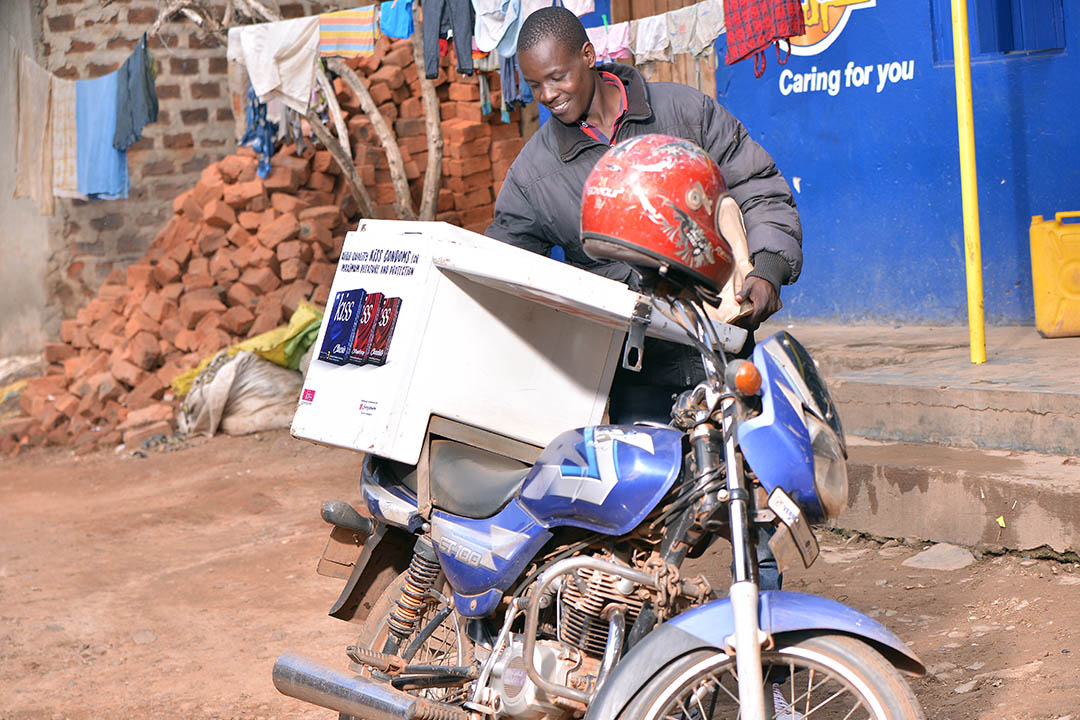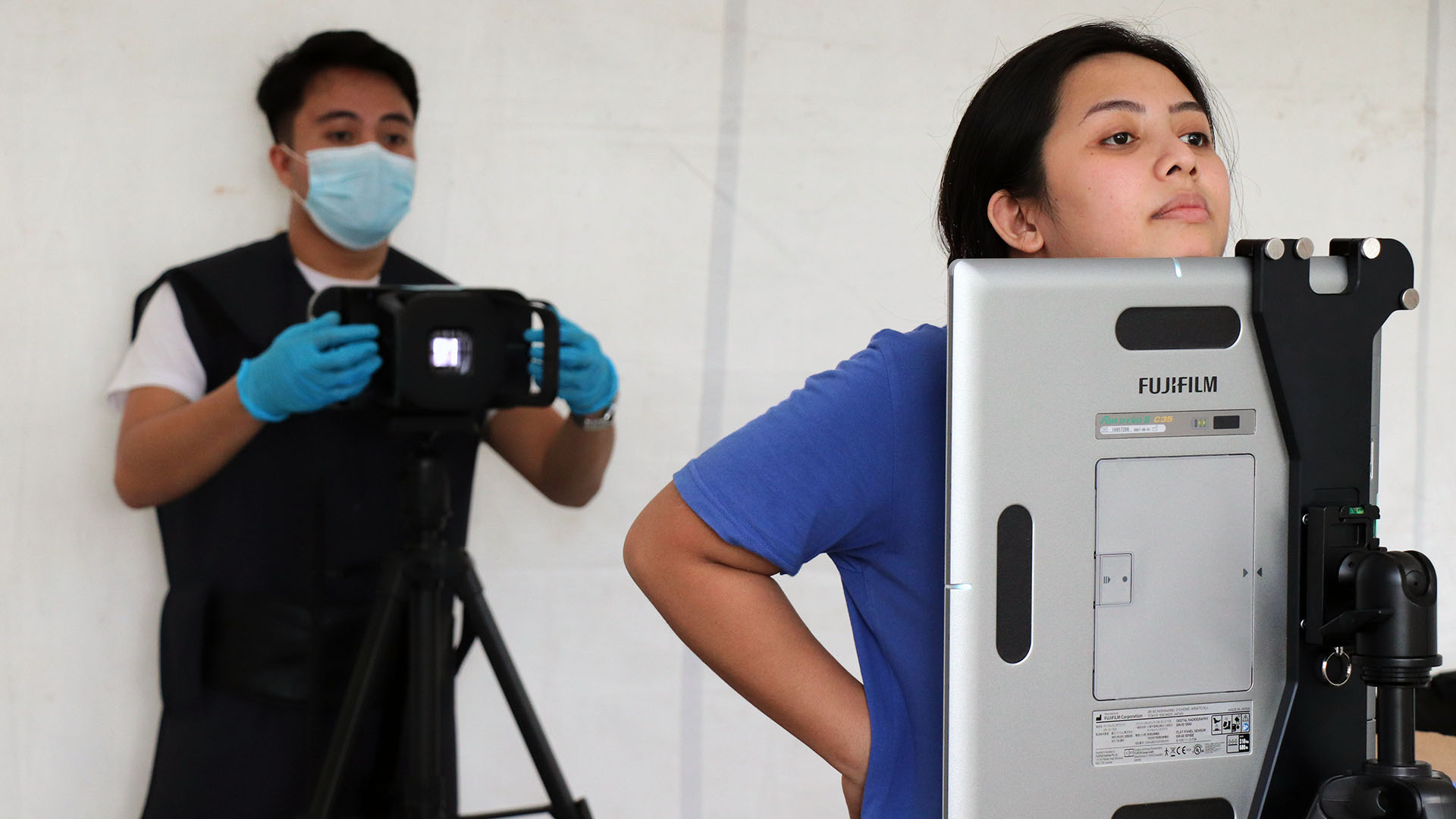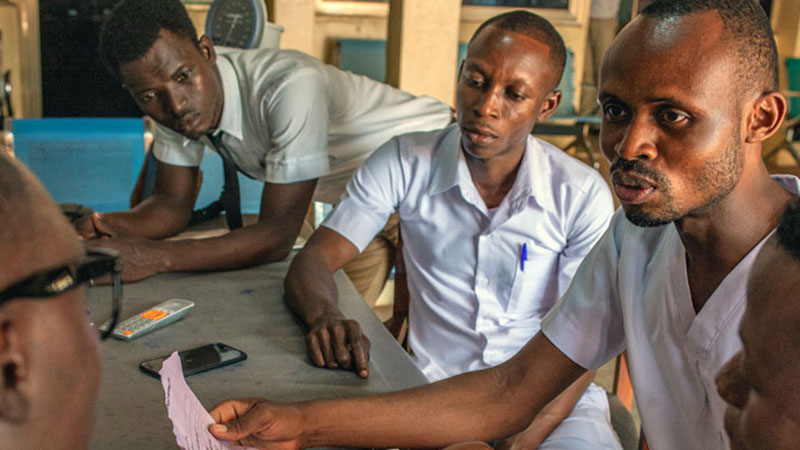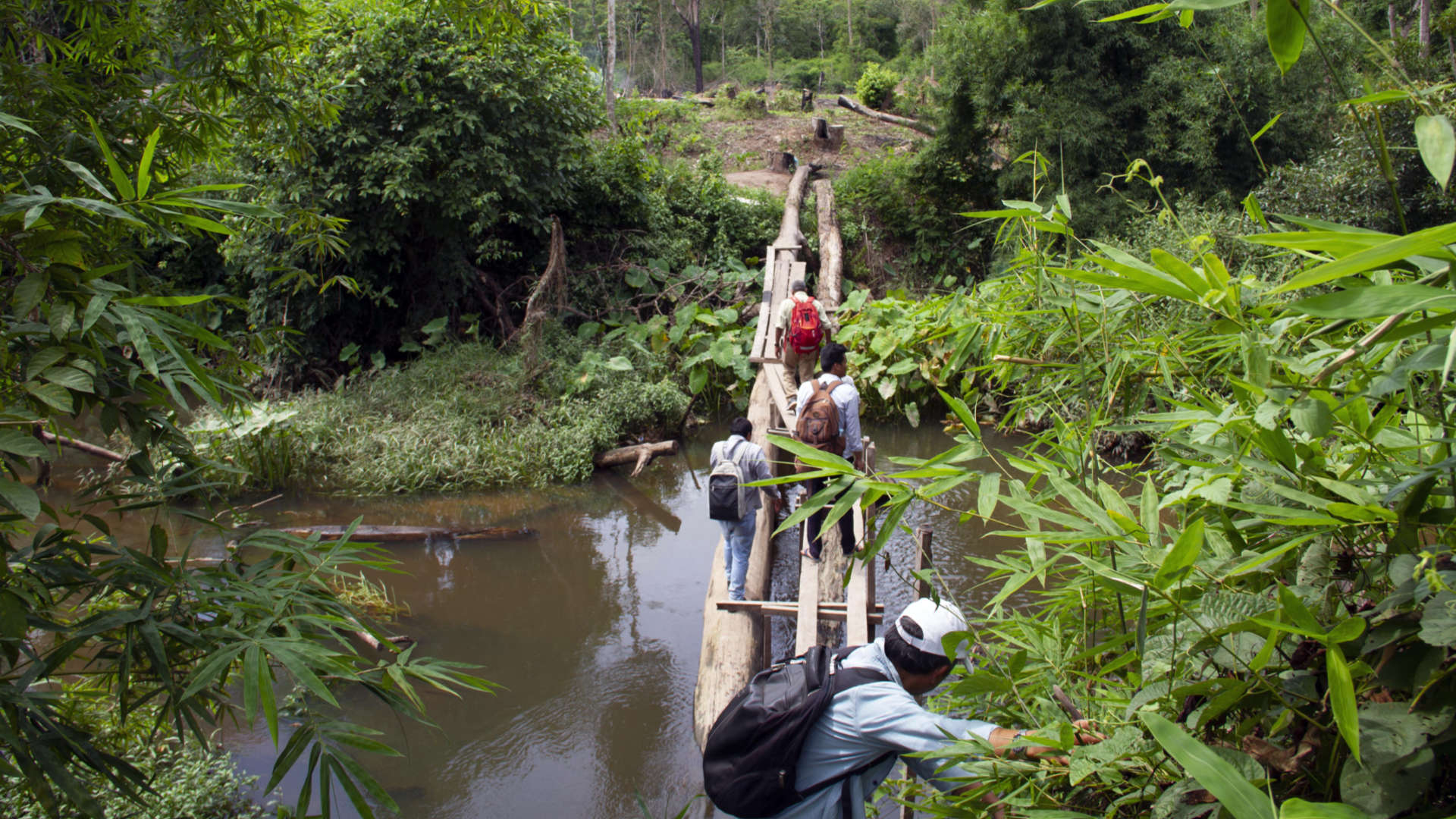
Ersin Topcuoglu
Senior Portfolio Director, Asia, Middle East, & Northern Africa Programs
Tuberculosis (TB) is the leading infectious disease killer in the world. The disease is preventable and curable. Only in the last three years has another infectious disease exceeded the number of global TB deaths – and that is COVID-19.
Thanks to a rapid global response, concerted efforts in vaccine development, and an immense amount of public and private funding, the COVID-19 pandemic is subsiding in some parts of the world. Unfortunately, the impact of the pandemic on other public health programming, including on TB prevention, control, and elimination efforts worldwide has been devastating.
TB diagnosis and treatment efforts halted or slowed down due to lockdowns, closed health facilities, diverted resources including staff, supplies and equipment. The 2021 World Health Organization (WHO) Global TB Report indicates that globally, TB case notifications plummeted, with TB deaths increasing for the first time in ten years.
TB Vaccine Development is Overdue
In 1993, the WHO declared TB a global public health emergency, and it has since remained in that status. COVID-19 was declared a global public health emergency in 2020. Two years later, there are 10 COVID-19 vaccines granted emergency use listing by WHO with various levels of efficacy in preventing severe disease and/or infection. These vaccines were made available in record time. While developing a new vaccine is a very laborious process typically taking 10-15 years for development, the first COVID-19 vaccine received emergency use authorization from the U.S. Food and Drug Administration in 11 months.
In contrast, the only available TB vaccine is Bacille Calmette-Guérin (BCG), given at birth and not providing long-lasting protection after early childhood. This is a less-than-ideal 101-year-old vaccine used to combat the world’s leading infectious disease killer. Beyond the BCG, there are only a handful of TB vaccines currently in clinical development compared to 149 COVID-19 vaccines in clinical development. According to one estimate, the total research funding for the COVID-19 vaccine alone is $53 billion while there is approximately $915 billion allocated for all areas of the global TB response.
Invest to End TB and Save Lives
TB deserves a similar immediate and focused response. During the UN High-Level Meeting on TB in 2018, world leaders promised $15 billion in annual funding to end the global TB epidemic. Yet today, less than half of this funding has been delivered. To end TB, we must urge our governments and leaders to keep their promises.
There is a strong need to recommit resources to TB control efforts at large. Essential components of these efforts are prevention, and the rapid and effective case detection and treatment of patients in resource-constrained settings. An effective vaccine against TB is critical to the prevention, control, and elimination by reducing the risks of getting and spreading TB. Vaccine development is the best public health investment money can buy.
We need to invest in research and innovation to develop new, effective, and affordable TB vaccines. By working together and harnessing our collective potential and commitment to end TB, lives will be saved. It’s time to end TB.



